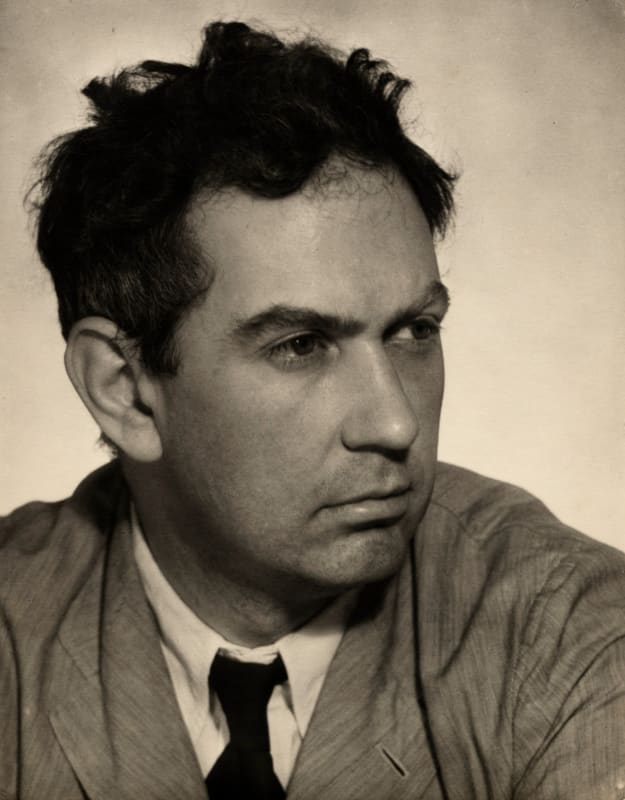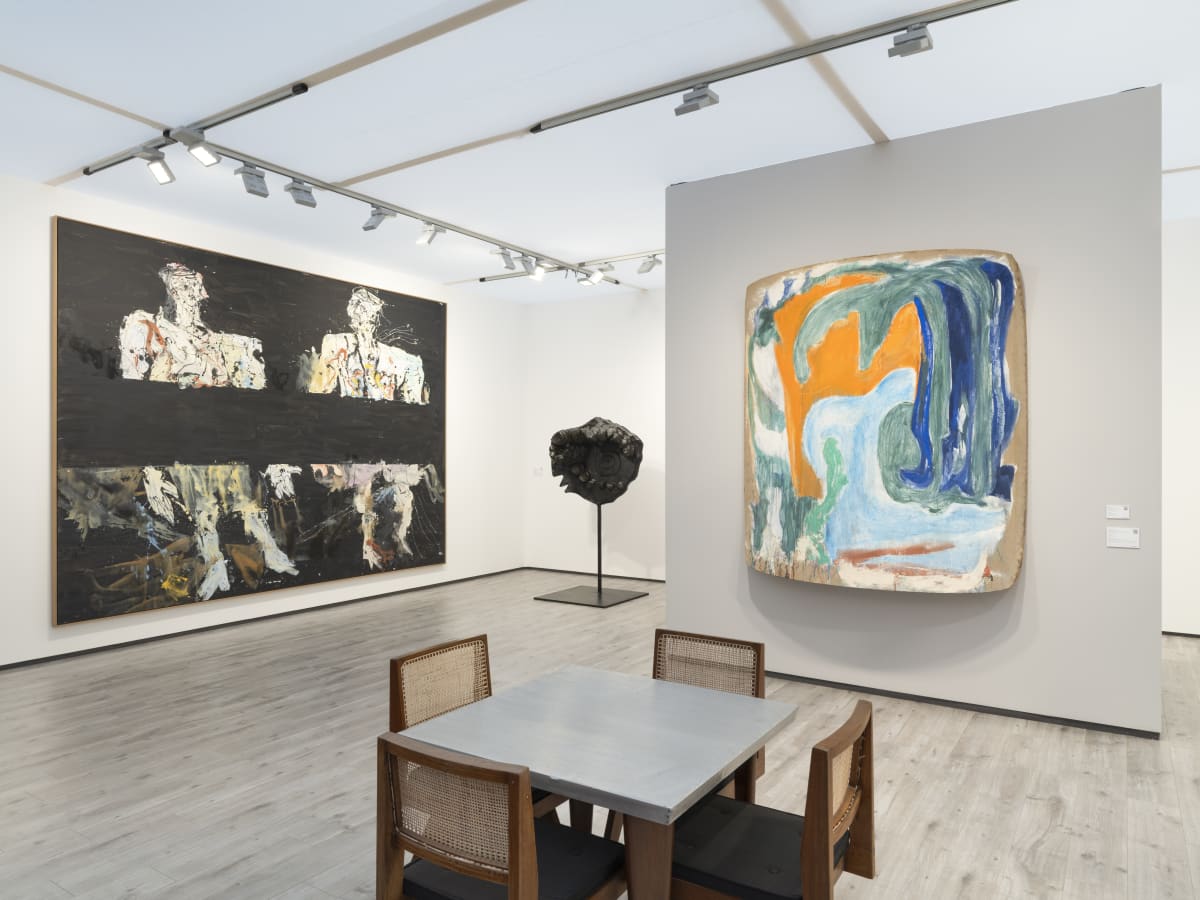Alexander Calder (1898–1976) was an American sculptor whose pioneering approach to movement transformed modern art. Though he initially studied mechanical engineering, Calder soon redirected his curiosity about motion and balance toward the world of art. His deep understanding of mechanics profoundly influenced his artistic vision, allowing him to infuse structure, motion, and playfulness into his creations in ways that had never been seen before. Calder is best known for his mobiles—sculptures composed of suspended elements that shift and dance in response to the slightest air currents. These works represented a radical departure from traditional static sculpture, introducing movement as an...
Alexander Calder (1898–1976) was an American sculptor whose pioneering approach to movement transformed modern art. Though he initially studied mechanical engineering, Calder soon redirected his curiosity about motion and balance toward the world of art. His deep understanding of mechanics profoundly influenced his artistic vision, allowing him to infuse structure, motion, and playfulness into his creations in ways that had never been seen before.
Calder is best known for his mobiles—sculptures composed of suspended elements that shift and dance in response to the slightest air currents. These works represented a radical departure from traditional static sculpture, introducing movement as an integral component of artistic expression. Each mobile embodied balance, rhythm, and spontaneity, creating an ever-changing composition that reflected the harmony of nature itself. Complementing these were his stabiles, large, stationary sculptures made of bold, abstract forms and geometric planes that anchored his sense of monumental scale and structural grace.
Throughout his career, Calder explored the intersection of art, physics, and play, producing works that conveyed a sense of vitality and wonder. His artistic innovation earned him widespread acclaim, including the Grand Prize for Sculpture at the Venice Biennale in 1952, marking the first time a sculptor had received the award. Today, Calder’s creations are celebrated globally, housed in major institutions such as the Museum of Modern Art in New York, the Centre Pompidou in Paris, the Tate Modern in London, the National Gallery of Art in Washington, D.C., and the Guggenheim Museum in Bilbao.
Calder continued to create until his death in New York City in 1976, leaving behind a legacy that redefined the boundaries of sculpture and introduced movement, balance, and imagination as central forces in modern art.



